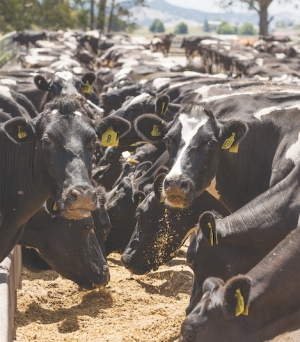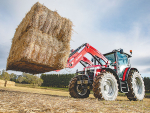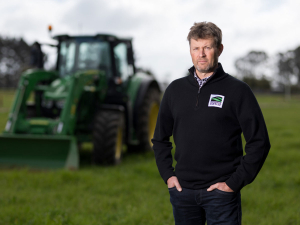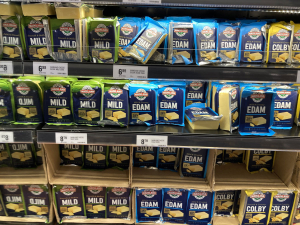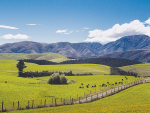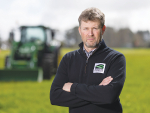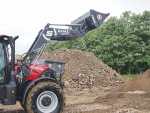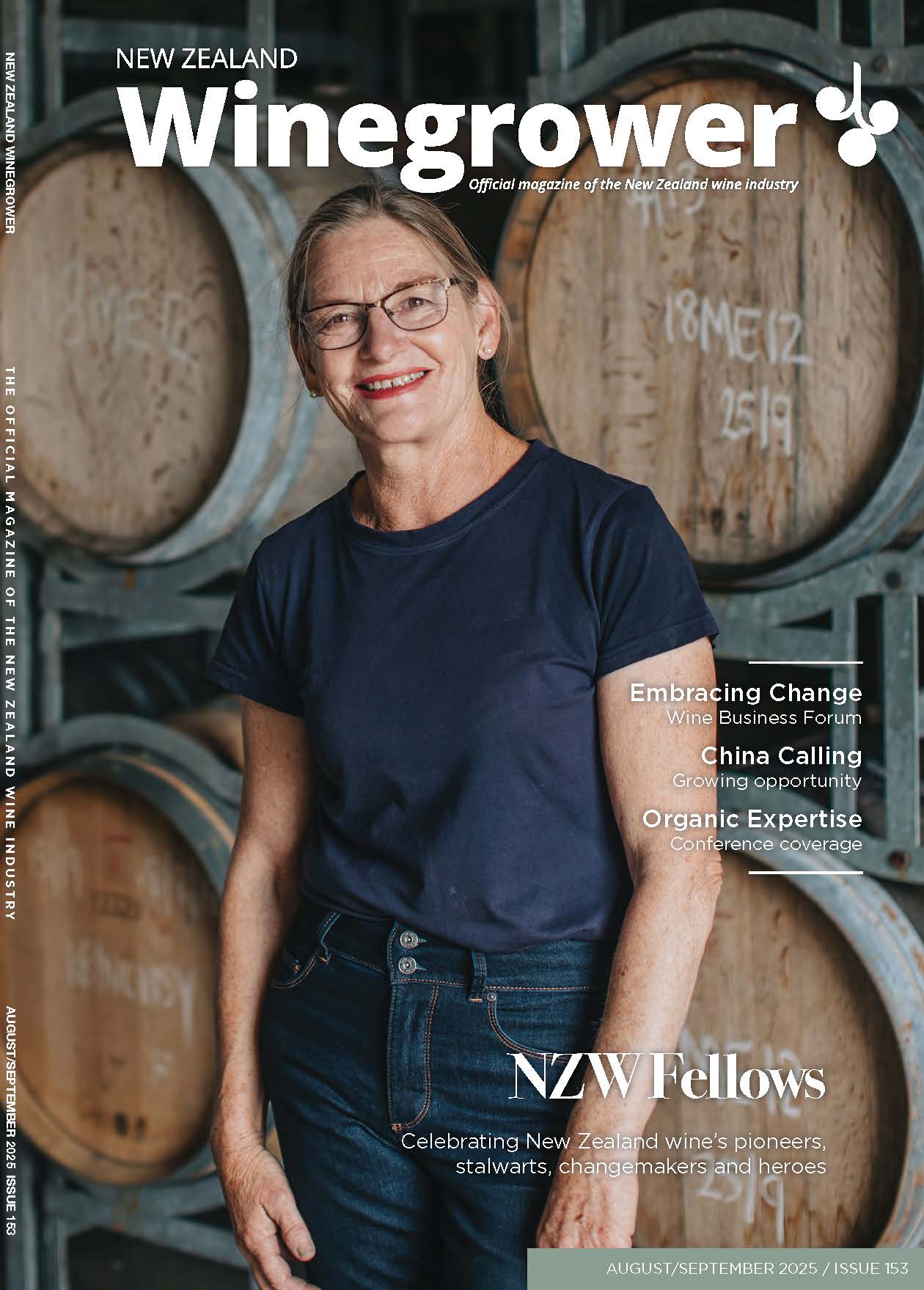While mitigation strategies such as feedpads and cow housing systems cost a lot, they give benefits in addition to reducing nitrogen leaching. These include:
Maximising pasture harvested. Maximising pasture harvest is a key to dairy farm profitability. Standing cows off pasture and feeding them supplements can help decrease both pugging and over-grazing. Research has shown that pugging (especially in winter and early spring) can cause short-term decreases in pasture yield of up to 80%. For a Waikato farm, moderate pugging of 50% of the farm and severe pugging of 10% of the farm was predicted to decrease milk production by 16%. A 3-year study showed that paddocks with no pugging produced 28% greater pasture yields in the July-September period than conventional year-round grazing systems.
Overgrazing pastures reduces leaf area, slowing growth rates and can decrease pasture persistence due to removal of plant energy reserves. In recent years, overgrazing during dry summers has created as many if not more issues than pugging in the winter.
Reducing supplement feed-out losses. There is a high wastage associated with feeding supplements in the paddock, especially when ground conditions are wet. Wastage increases the cost per kgDM eaten. The greater the wastage, the greater the cost of the feed and the more milk you need to produce to pay for it.
Increasing the range of supplements that can be fed. One of the downsides of relying solely on a meal feeding system is that you are locked into feeding concentrates which generally have a higher cost per kgDM. Home-grown or bought-in forages (e.g. maize silage or pasture silage), concentrates (e.g. grains or PKE) or local by-products (e.g. bread, brewers’ grains or kiwifruit) can all be fed on a feedpad or in a cow housing system. You can feed a mix of supplements at the rates you choose, anytime during the milking season or dry period.
Minimising workload. A large amount of supplementary feed can be fed out relatively quickly on a well-designed feedpad or cow housing system. Feeding supplements on a feedpad or in a cow housing system often requires less work than break-feeding a crop, or feeding silage or hay in the paddock. Many farmers are using automatic gate latches so cows bring themselves to the feed pad prior to milking.
Improving cow efficiency. Many farmers with cow housing systems are reporting increased feed use efficiency (i.e. less feed per kgMS) over the course of the season. Cows that are housed and fed do not use as much energy collecting their feed as cows grazing. Moisture, high winds and low temperatures can increase cow energy requirements, whilst high temperatures depress feed intake and increase maintenance energy requirements. Housing reduces temperature fluctuations, meaning cows are more likely to be in their ideal temperature zone.
In summary, a feedpad or cow housing structure should not be seen as a large cost but rather an investment, which in most cases will give financial and environmental benefits for many years.
• Ian Williams is a Pioneer forage specialist. Contact This email address is being protected from spambots. You need JavaScript enabled to view it.





